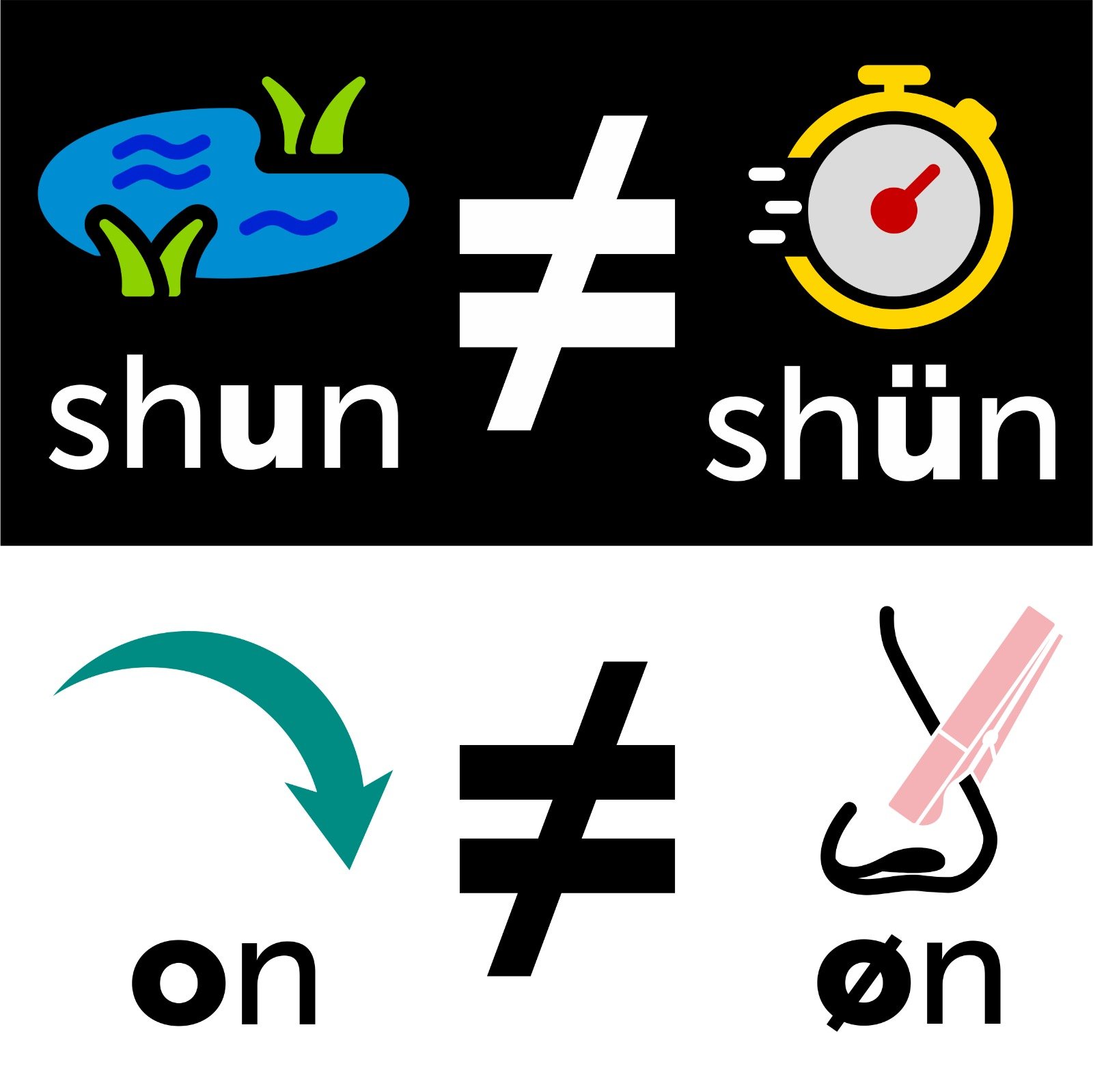y & ø
The sounds /y/ and /ø/ are still prolific and stable in Shaetlan. Technically they are called "front rounded vowels" and they are formed in the same way as /i/ and /e/ except that the lips are rounded. So the only difference between shin 'front of lower leg' and shün 'soon' is that the lips are rounded with shün. And the only difference between lay (pronounced /le:/) and lø 'listen intently' (pronounced /lø:/) is that with lø the lips are rounded. Both Old English and Old Norse had them, the two main ancestors of Shaetlan. They are not common world-wide, and are almost only found in Eurasian languages. The Scandinavian languages, German and French have them.
These sounds are meaning distinguishing and should be differentiated in spelling. To write shun for shün would be wrong because they mean different things: shun means 'small loch' but shün means 'soon'. In the same way to write o for ø would be wrong: for example on means 'on' but øn means 'stuffy atmosphere'.
The sound /ø/ can be spelled with <ø> or <ö>. Either spelling is fine and some languages use <ø> (eg Norwegian), while others use <ö> (eg Swedish). We have chosen <ø> because it is the symbol used in the International Phonetic Alphabet. It is also the letter used in the descendants of Western Norse (Norwegian, Icelandic and Faroese), and as such neatly captures the linguistic affinity with the wider North Atlantic cultural area.

